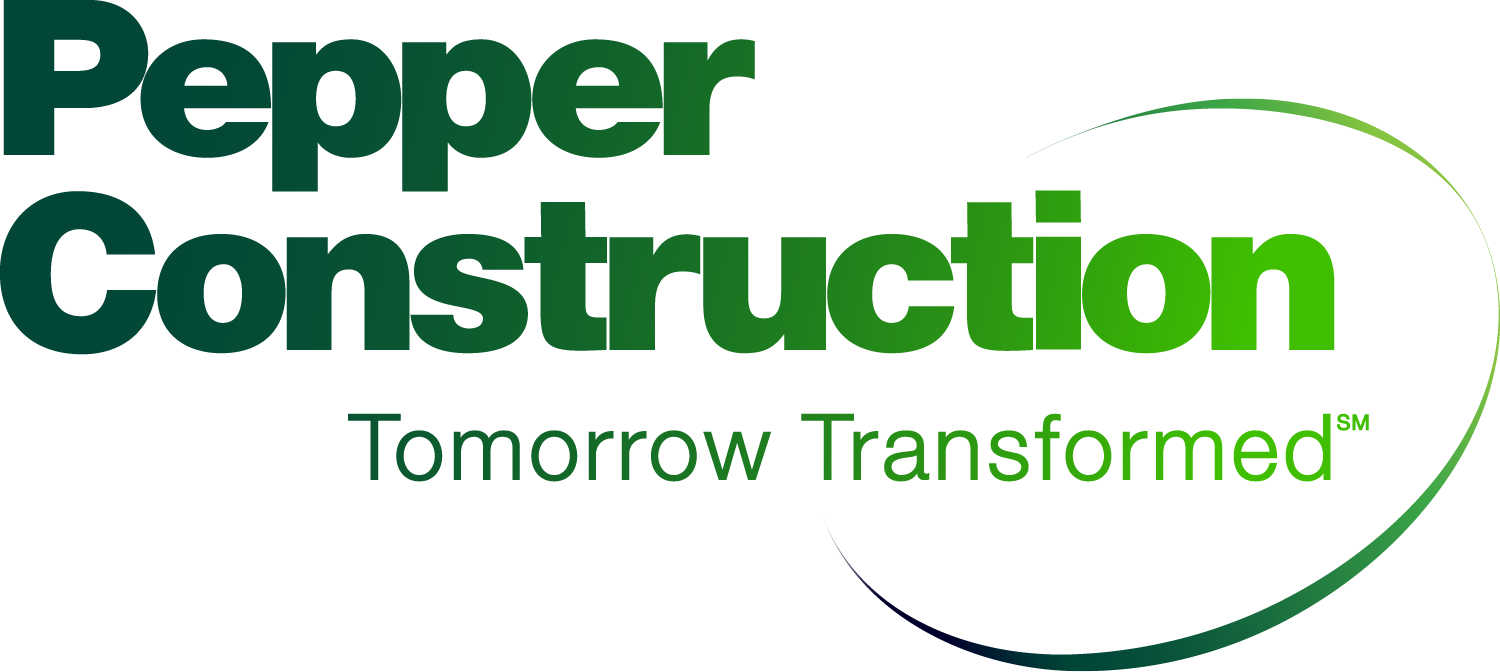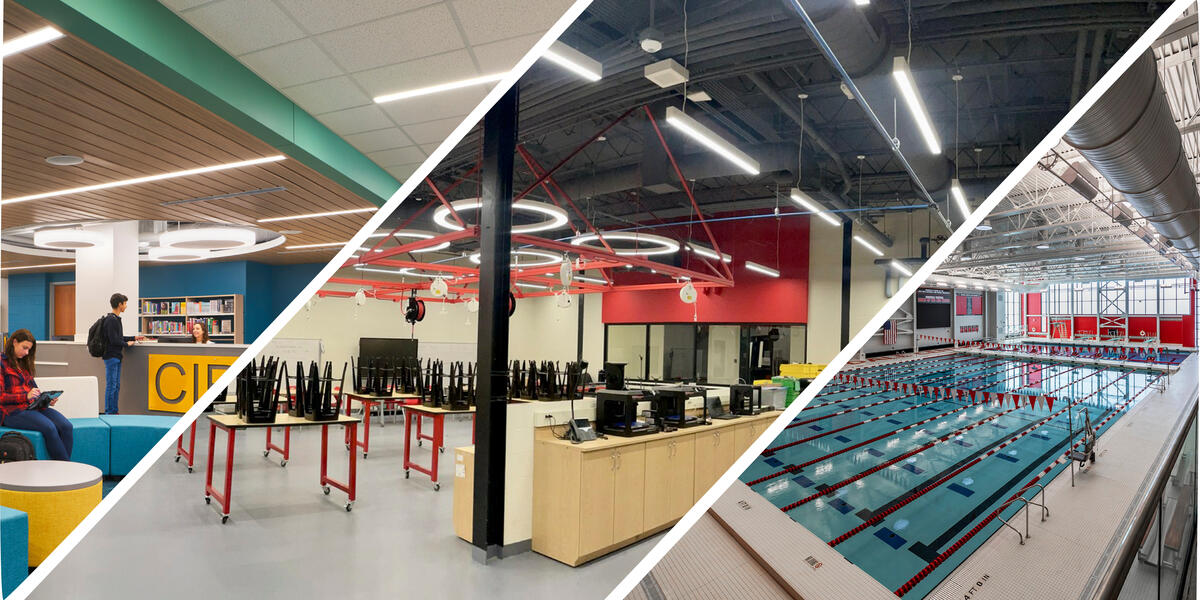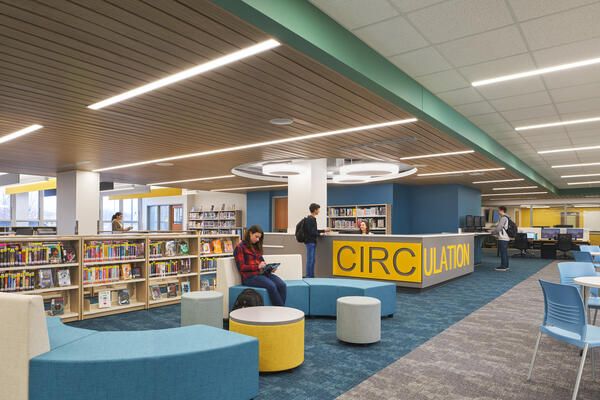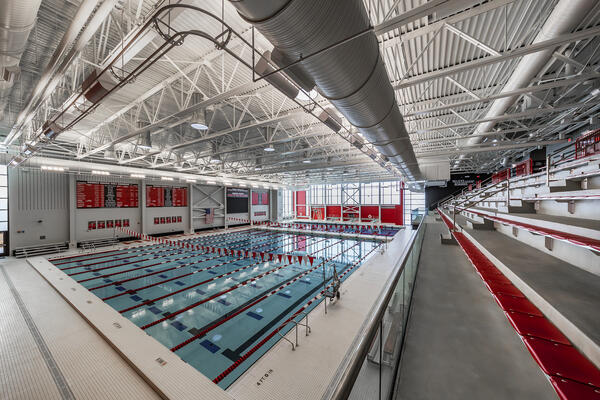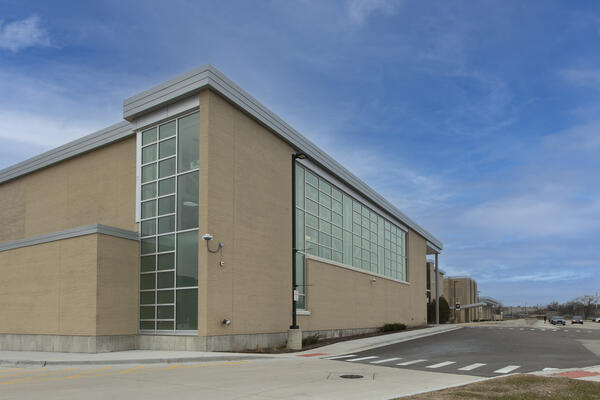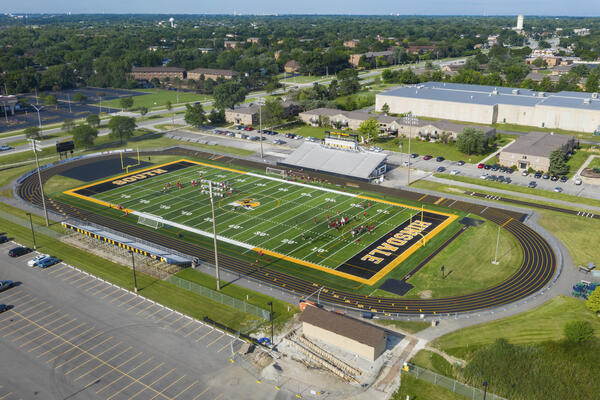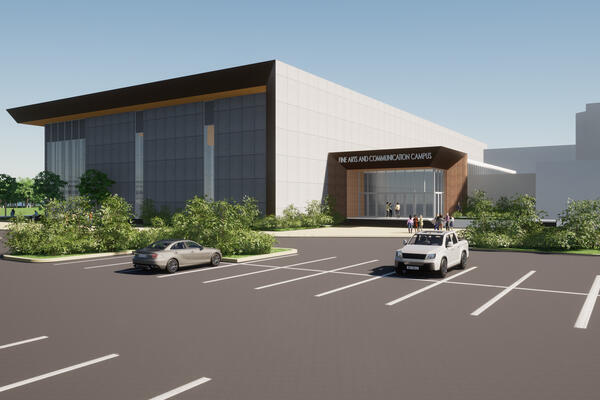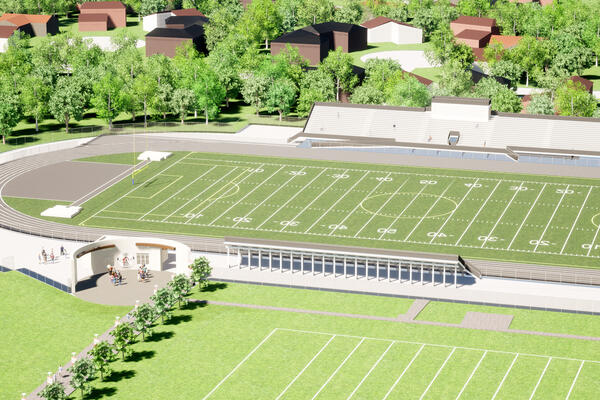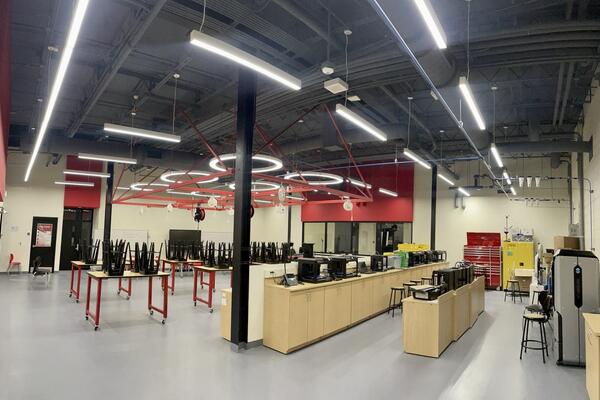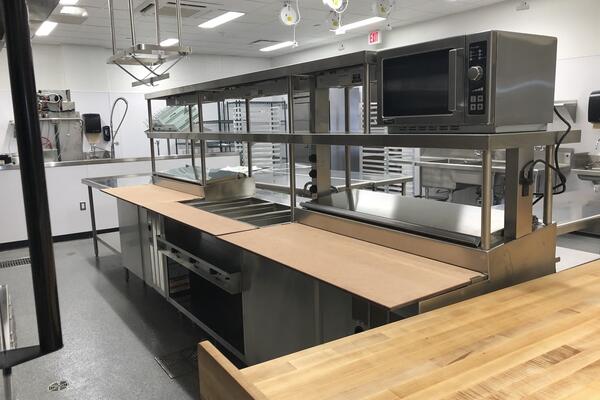While most students and faculty enjoy time away from the classroom, the summer months have traditionally been an ideal time for school districts to catch up on construction work – whether it be new facilities or the renovation of existing spaces. John Caulfield, Senior Editor at Building Design + Construction (BD&C) magazine recently conducted an interview with design and construction teams from across the country – including Pepper Construction – to explore current trends in the K-12 market and understand the opportunities and challenges that exist. Here are some of the insights that were shared as well as examples of Pepper’s relevant work.

Top trends in K-12 school design and construction for 2023
Needs are both broad and specific, and demand remains high
While school projects continue to face the types of challenges that are common across many market sectors, including escalating prices, labor shortages and lingering supply chain concerns, they also require additional attention to post-pandemic concerns such as hygiene, health, air quality and safety within spaces that should be flexible and collaborative. In addition, as school curriculums continue to evolve and advance, there is a direct correlation to how facilities are configured, designed and operated. As a result, BD+C reports that many firms report that activity in the K-12 market is “brisk” and bond financing for public school district work continues to receive positive votes and high rates of approval.
Building beyond educational needs
BD+C’s sources report that many school districts are shifting priorities as they refocus on equity based on community needs. This can result in schools serving multiple purposes, including as family resource centers in partnership with local housing authorities. Offering housing assistance programs can also help to promote family stability and create a more receptive learning environment.
Giving students more options
Many districts are asking their AEC partners to explore training and education spaces to serve a wider range of post-secondary options. This can range from dedicated spaces within schools to incubation hubs, such as the one cited in Leawood, Kansas, that serves students from kindergarten through grade 12 and focuses on skilled trades, engineering, advanced manufacturing and computer science.
“There’s much discussion around career and technical education (CTE) and ‘pathways’ for students,” says Jay Ripsky, Executive Vice President and Operations Manager at Pepper Construction’s Barrington, Illinois office. He notes that as schools add skilled trades programs, more infrastructure in the buildings is required. Ripsky also says that some schools are designing workshop and training areas so that other students can watch what’s going on inside.
Other specific vocational programs that are receiving specialized programs in K-12 schools include computer numerical control (CNC), HVAC and other mechanical expertise. Some are even including front loaders and other construction equipment for students to master. Beyond CTE, specialized learning programs can be as diverse as aviation, medical services and agriculture. BD+C also recognizes a reemerging trend for culinary and fine arts curriculums.
The following projects built by Pepper provided relevant examples to support BD+C’s highlighted trends:
Fine arts additions were part of the referendum plan for the upgrading of two high schools serving Hinsdale and Darien, Illinois. In fact, that referendum passed on its third try, after the district chose to focus on academic and extracurricular programs that would keep the high schools competitive with surrounding schools. Designed by ARCON, this $140 million project, which will be completed in September, upgrades the schools’ cafeteria and libraries, technology capabilities and athletic facilities.
Located in Matteson, Illinois, Rich Township High School is wrapping up a three-year, $90 million plan that consolidates and improves the learning environments on two campuses to serve different educational paths preferred by the district’s students. One campus, at 237,000 square feet, provides a STEM curriculum designed to lead to higher education, while a slightly larger campus, 308,200 square feet, features family and consumer sciences (FACS) and (CTE) courses. As freshman and sophomores, students attend the campus that is closest to where they live. After that, they are allowed to switch to the school of their choice. The project, designed by STR Partners, also launched a new culinary arts program, while adding technological arts spaces, music rooms, classrooms and commons areas.
School consolidation, adaption or renovation
BD+C shared that in 2022, according to an EY-Parthenon analysis, there were 1.3 million fewer students in all grades of public school than the 51,000,000 enrolled in school year 2020. Birth rate declines account for a portion of this drop and the decline is expected to continue through 2037. Other economic and population changes beyond birth rates also impact districts’ facility needs. For example, Jay Ripsky shared that in New Albany, Ohio, near Columbus, Intel is committed to spending $20 billion on chip manufacturing plants within a 1,000-acre campus, an investment that is creating thousands of construction and permanent jobs, and is likely to drive future decisions about school needs and curricula.
In February 2023, the value of educational construction in place stood at $105.3 billion, 6.9% higher than the same month in 2022, according to U.S. Census Bureau estimates. New schools are still being built, but most of the firms BD+C contacted say their work ranges widely from new construction and additions to upgrades of existing structures and campuses, and even the incorporation of adaptive reuse.
“In a good economy, there’s more repurposing of space, whereas maintenance is emphasized in a bad economy,” says Ripsky. Currently. about 60% of the funding for projects that Pepper is working or bidding on is earmarked for facility maintenance.
Learning from sustainability
Schools have become a living lab for high performance and sustainability, with educational elements being incorporated into the learning process. Pepper concurs with BD+C’s observation that many K-12 clients are looking into net-zero projects and intend to use that objective as a teaching tool for students. This approach also supports a growing trend for outdoor learning spaces that can provide fresh air while fostering fresh ideas and a better understanding of the natural environment.
Visit bdcnetwork.com to find the “K-12 School Sector Trends for 2023” article by John Caulfield, Senior Editor, that was published on May 30, 2023.
